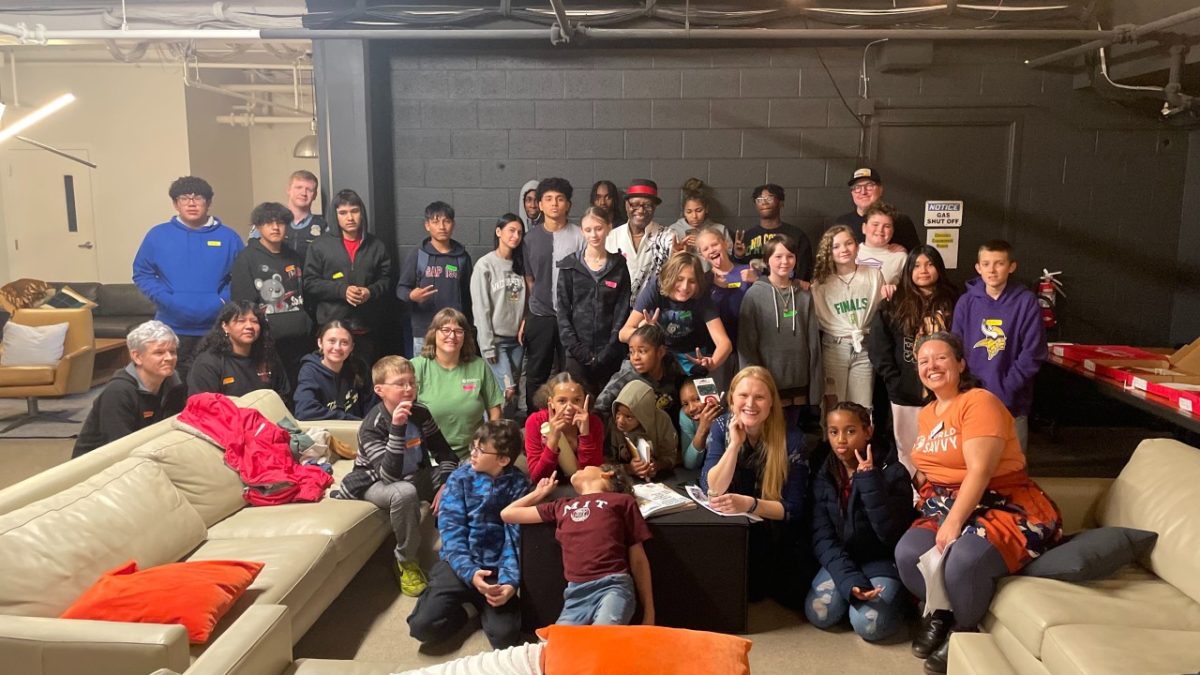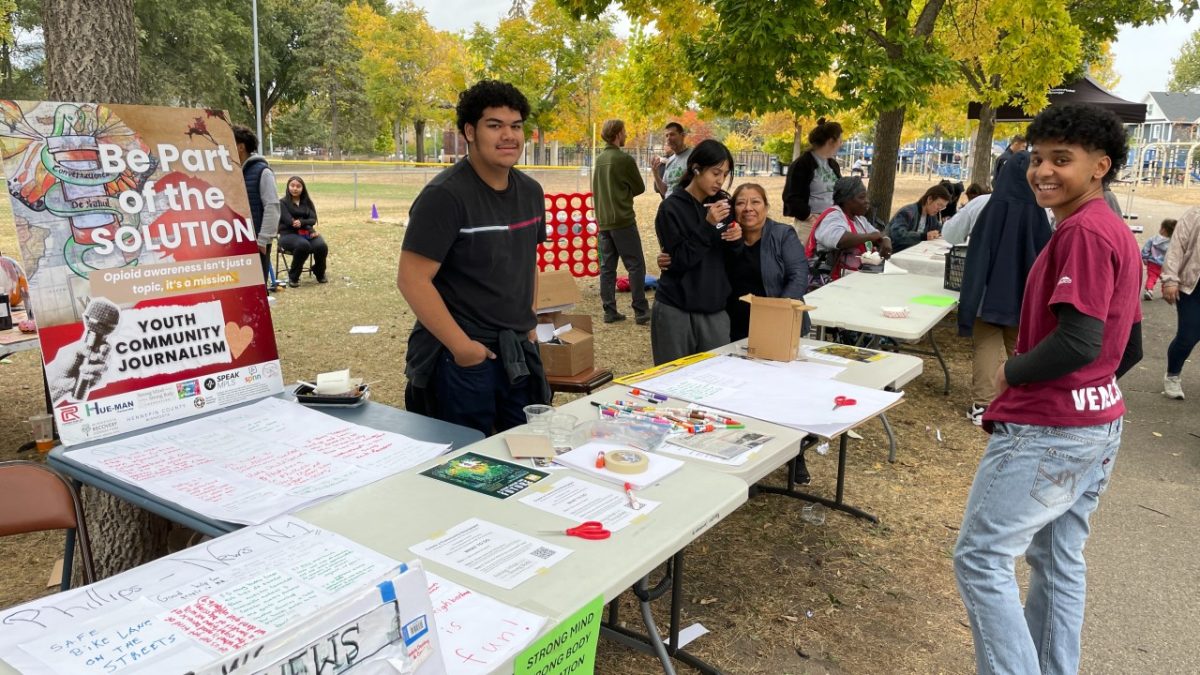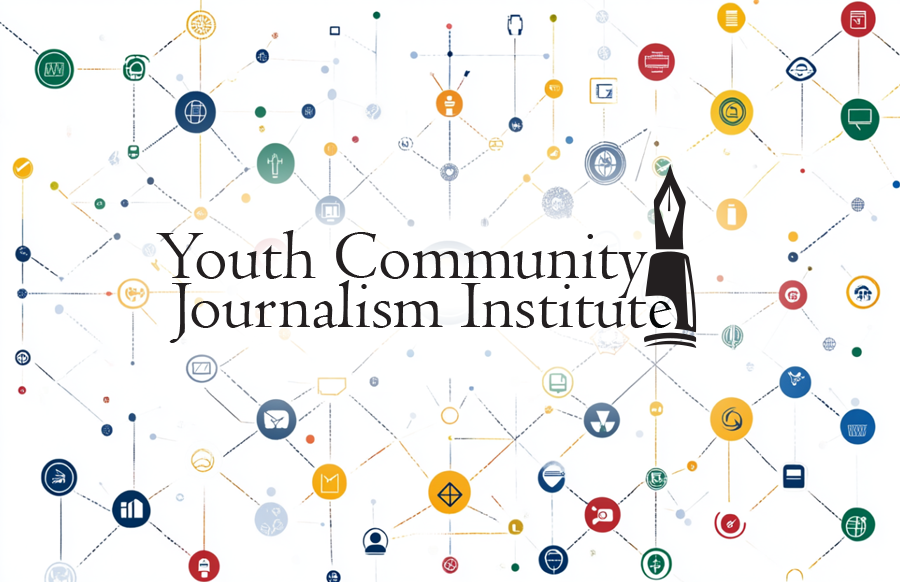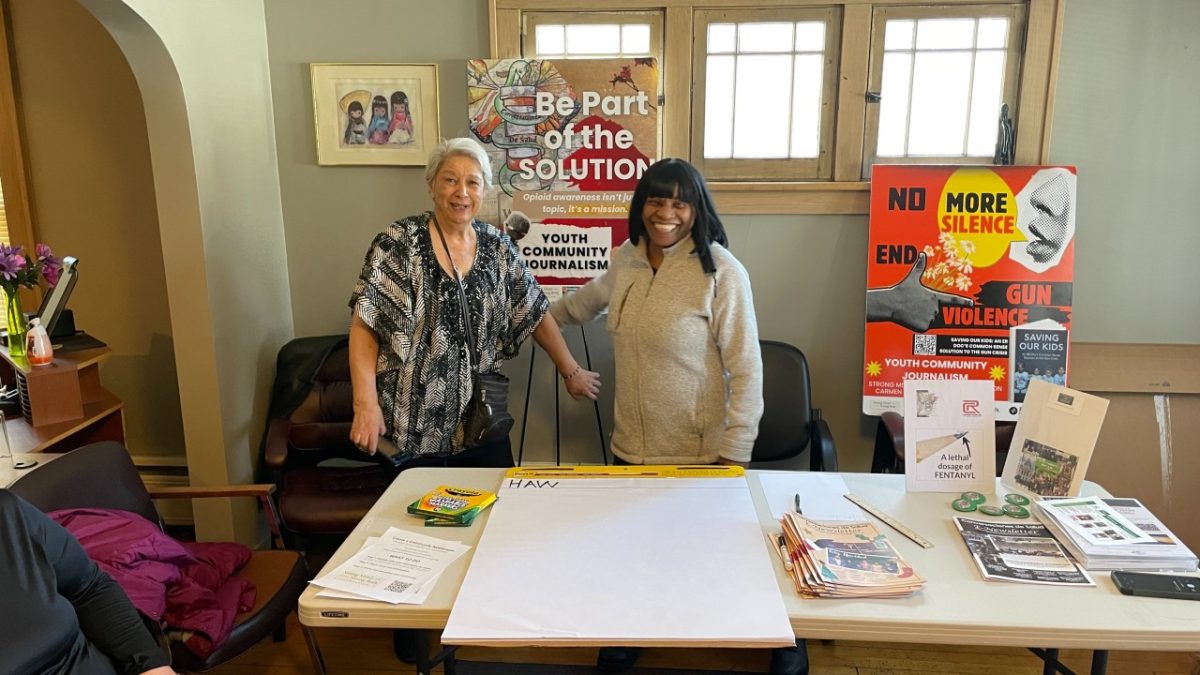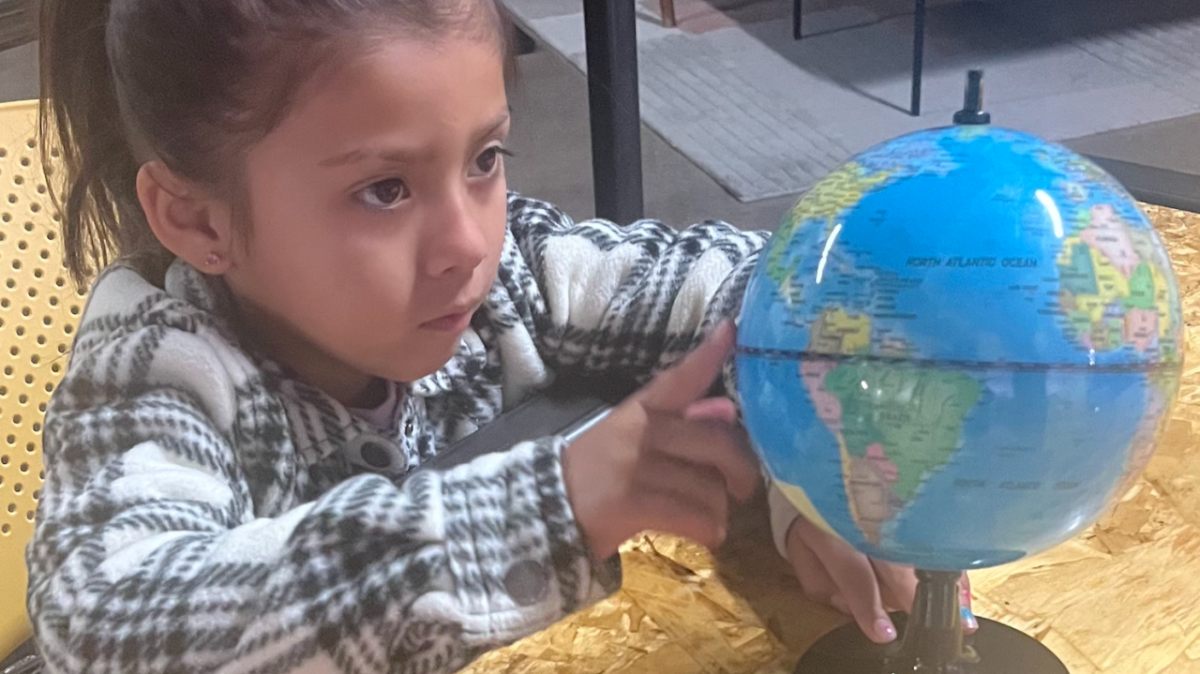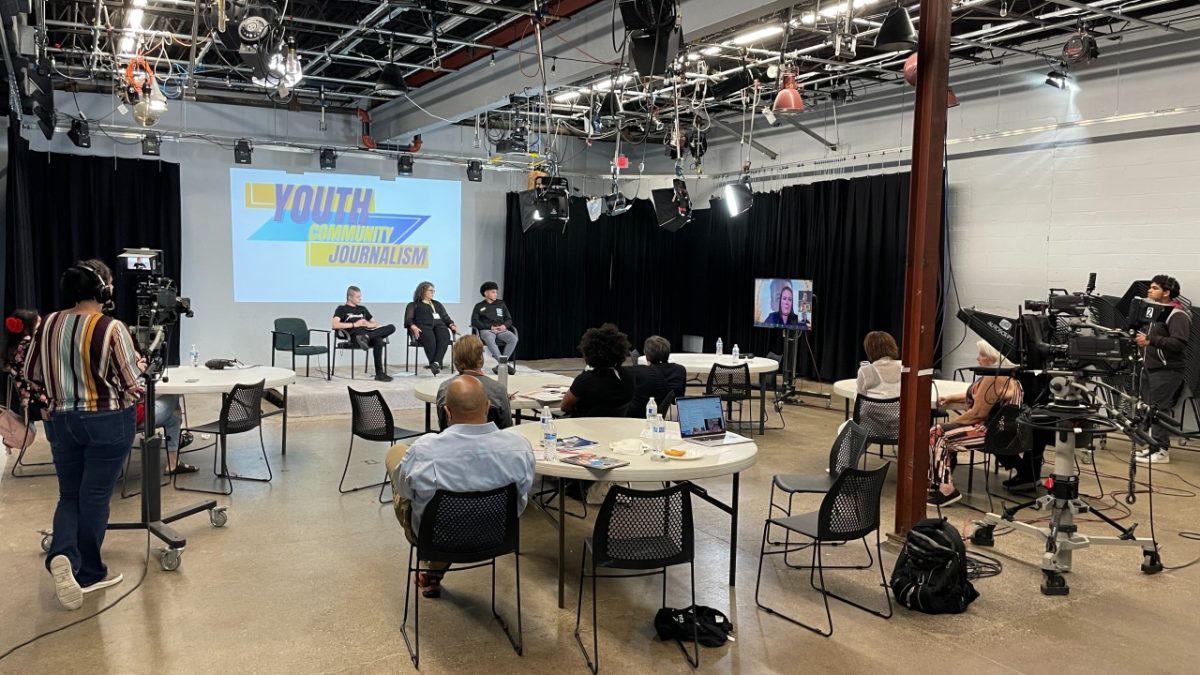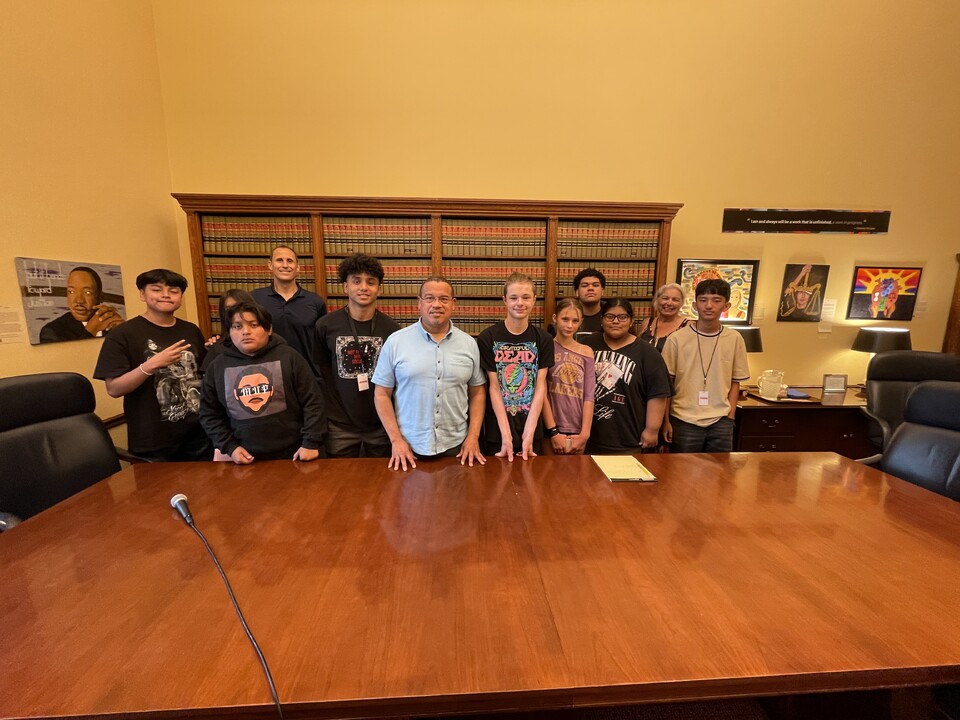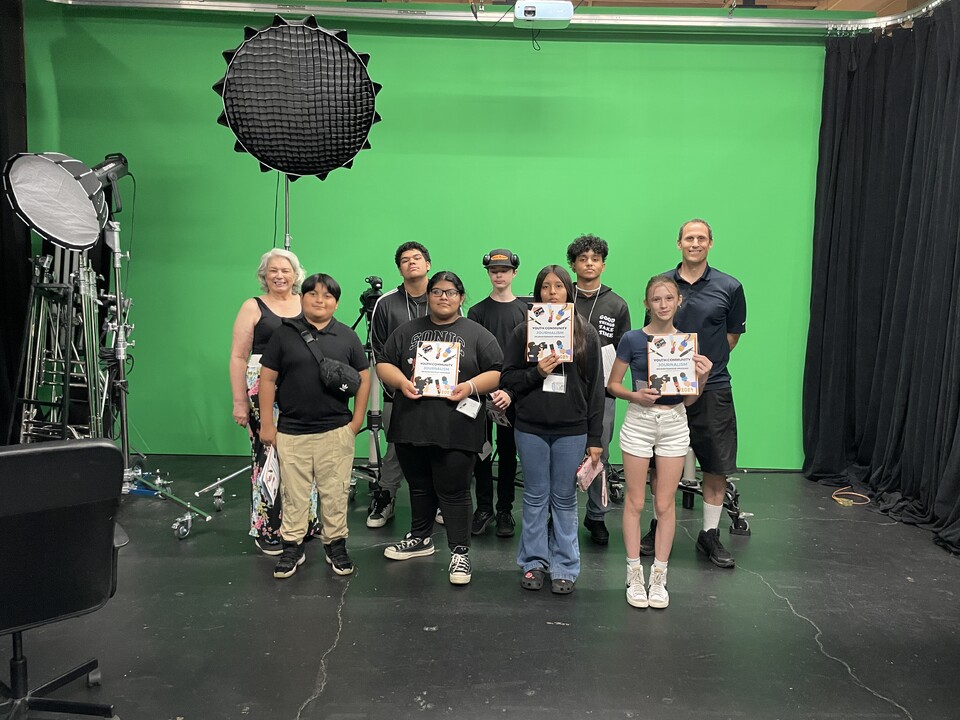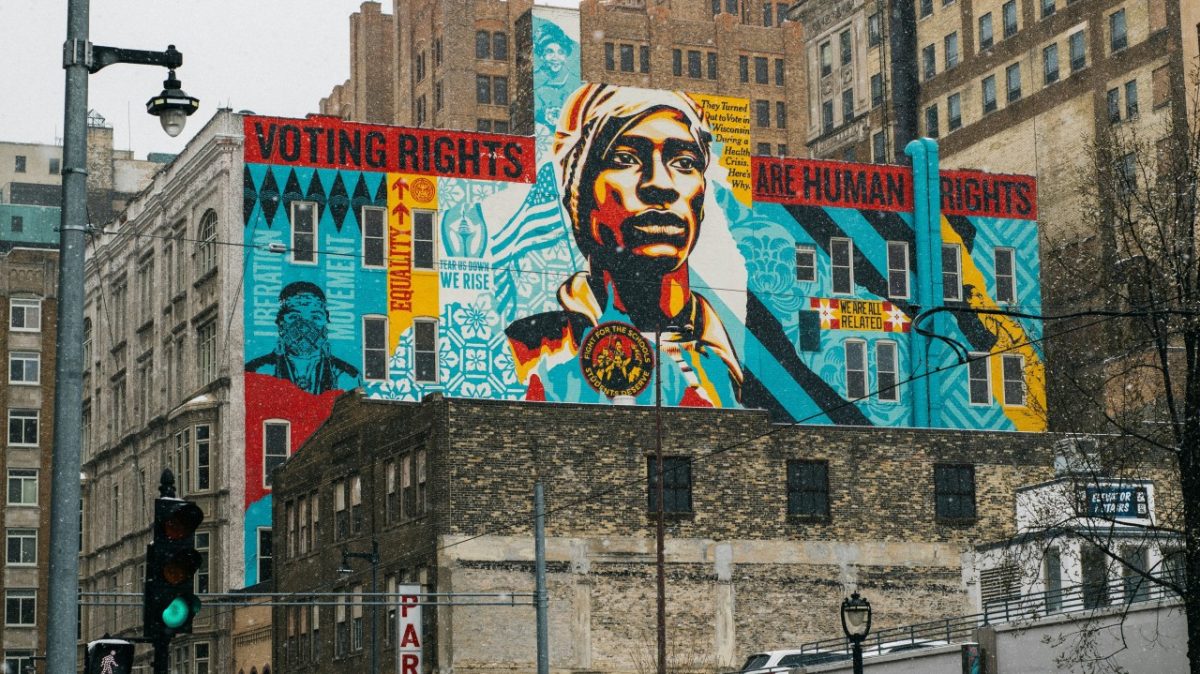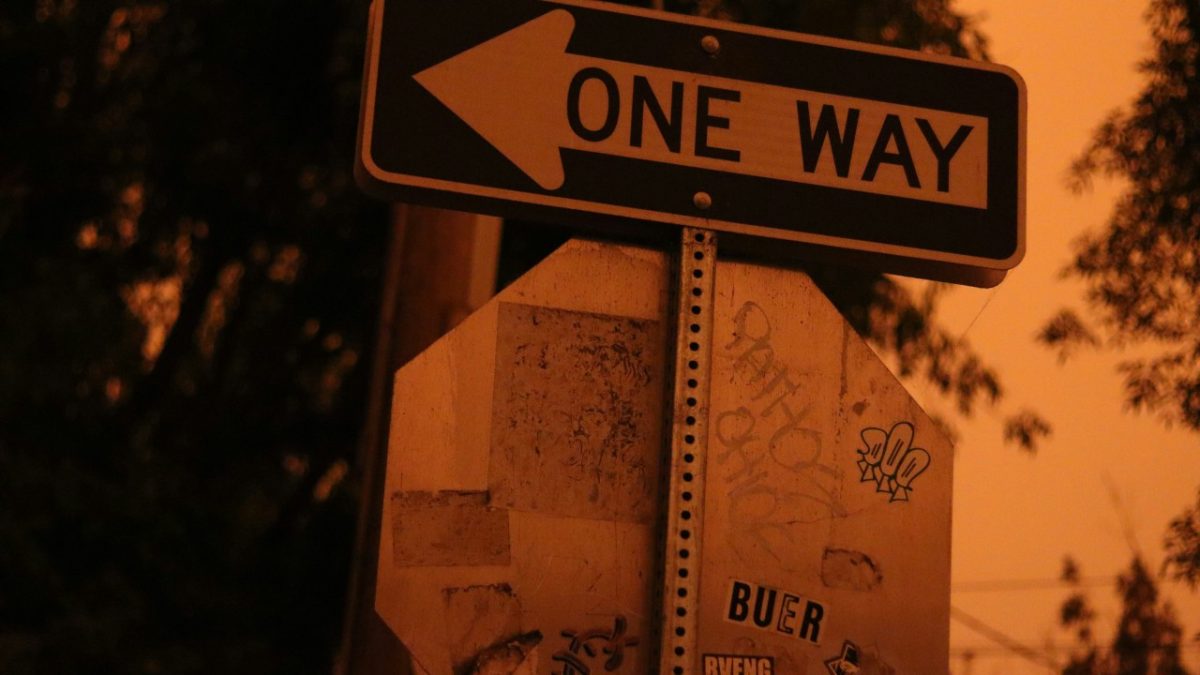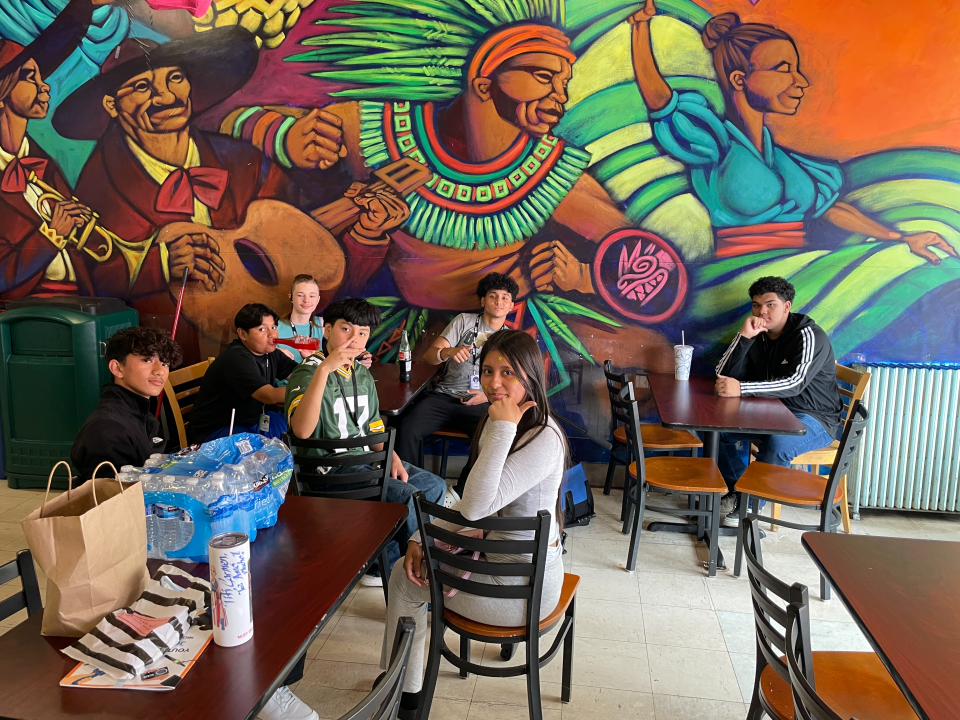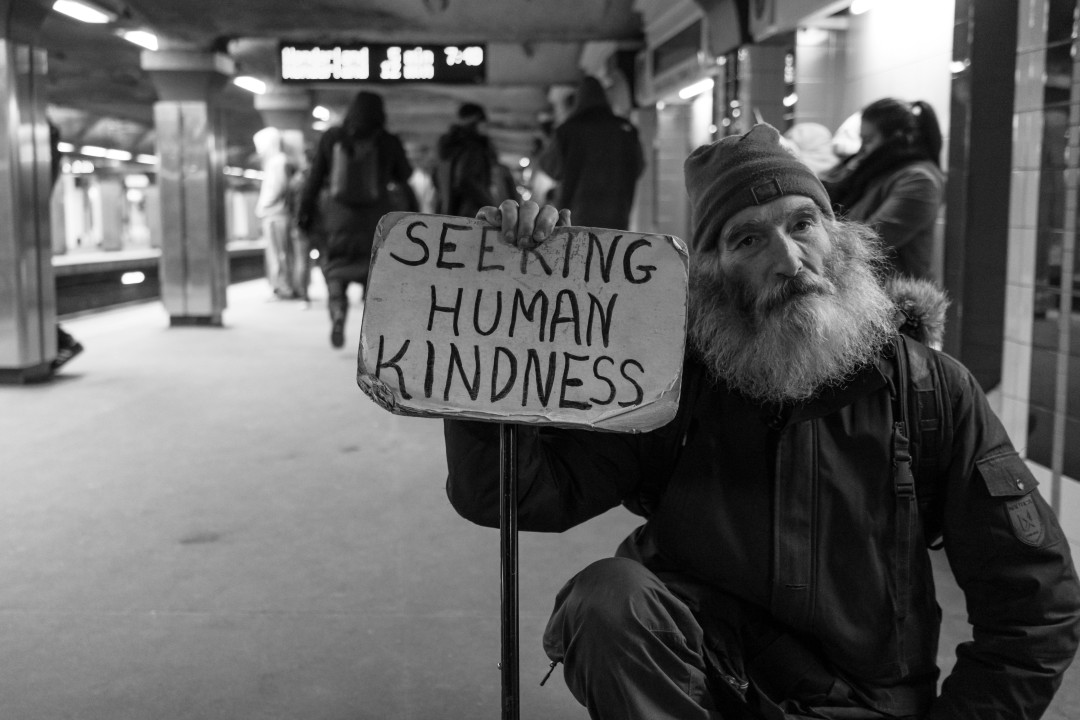The next great disruptor in media has arrived. If you think AI is a game-changer now, just wait.
AI search engines are only going to get more powerful. News publishers that still rely on search as a primary source of traffic and revenue should search for a new strategy. And fast.
Otherwise, they soon will be as relevant as 8-track tapes and DVD rewinders.
AI isn’t the first time a new media technology has shaken up the world.
The printing press revolutionized how people got information. All of a sudden, people could mass produce and replicate information. This led to the creation of the newspaper. That was followed by radio, television, cable TV, and the 24-hour cable news cycle. Then, the internet, social media, and mobile devices came along.
During every period of technological disruption and change, news organizations have had to adapt to stay relevant.
Relevance has always been the key to survival and growth. Today is no different. So how do local news organizations remain relevant and sustainable?
That was the focus of the Local News Impact Consortium workshop I attended at the University of Minnesotain Minneapolis on May 14-15.
The Local News Impact Consortium was organized by Benjamin Toff (assistant professor, political communication and journalism researcher, Hubbard School of Journalism and Mass Communication – University of Minnesota), Damon Kiesow (Knight chair in journalism innovation, Missouri School of Journalism), and Matthew Weber (associate professor, Rutgers University School of Communication and Information). They brought together a group of journalism leaders, professors, scholars, researchers, data scientists, strategic business consultants, public media experts, and funders from across the United States to discuss how the journalism industry can work together to make an impact on local news through research, data, and action.
This workshop was a follow-up to a consortium meeting earlier in the year in North Carolina and examined local news through the lens of collective problems with different entry points:
What are the public’s information needs?
What does the supply of local news look like at the outlet level?
What does the supply of local news look like at the content level?
How does this work happen?
There were six breakout sessions to discuss a series of more focused questions:
✅ News Content Collection Methods — How do we best gather local news content for analysis in systematic, scalable, and comprehensive ways?
✅ News Audience Research Methods — How do we best assess diverse communities’ information needs, preferences, and attitudes toward what they see as relevant and trustworthy sources of information?
✅ News Outlet Database Building Methods — How do we assemble more comprehensive lists of local news outlets linked to census data, ownership, etc.?
✅ News Content Analysis Methods — How do we best analyze local news content at scale?
✅ Closing the Loop With News Organizations and the Public — How can the consortium facilitate responsive, publicly engaged research?
✅ Coordination, Training, and Funding — How can the consortium best serve a variety of stakeholders?
The consortium’s aim is for each of these areas to form eventual working groups to more concretely produce specific deliverables over the course of the next several months. Informal gatherings are planned at the International Communication Association (ICA) Conference in June in Australia and at the American Political Science Association (APSA) Meeting and Exhibition in September in Philadelphia. Formal meetings are planned for the Association for Education in Journalism and Mass Communication (AEJMC) Conference (Aug. 8-11) in Philadelphia, Online News Association (ONA) Conference(Sept. 18-21) in Atlanta, and a TBD meeting in spring 2025 in Chicago.
The Local Impact News Consortium wants to create uniform research standards and comprehensive resources (a clearinghouse of data, toolkits, maps, and guides) for all news organizations and news communities to strengthen journalism now and into the future.
Human Rights-Based Approach to Data
The key to data is making sure everyone gets counted and connected. Currently, there are gaps and holes.
Take the recent bungled ad campaign from Bumble, which poked fun at celibacy and abstinence as a long-term dating solution. They wanted to produce joy and humor, but got a big backlash and had to apologize. It all stemmed from audience data and misreading that data.

As Josh Sternberg wrote on LinkedIn:
Apple pulled an ad last week because it was, at best, tone deaf. At worst a technocratic approach that wants to kill creativity.
Today, Bumble pulled an ad that, according to USA Today “People, particularly women, were quick to point out that the tone of the ads was anything but empowering, using shame to coerce women into getting back on the app.”
In Bumble’s Notes App-style apology, it said, “Our ads referencing celibacy were an attempt to lean into a community frustrated by modern dating…”
I read this as a data problem. Both ads, like almost everything marketers do today, were most likely informed by data. When companies sit on a mountain of data and misread noise for signal, it can be embarrassing at best. At worst, you lose lifetime customers.
Take data seriously, but also use common sense. Don’t be afraid to be the person in the room to say, “What if we did it another way instead?”
Numbers tell a story. But they don’t always tell the whole story. Audience data is more than numbers. Each one of those numbers is a person. We need to think how we can humanize data.
Sometimes there are blind spots with data, gaps in reporting, and segments that don’t get counted.
The United Nations Human Rights Office has taken a leading role in developing a common understanding of the interdependence of human rights and statistics as an instrument in rebuilding the trust in statistics and data.
Over the last few years, UN Human Rights has strengthened institutional linkages and collaboration between National Human Rights Institutions (NHRIs) and National Statistical Offices (NSOs) to make human rights count for everyone.
UN Human Rights has been leading the work in integrating human rights in data collection and disaggregation to compile information that helps identify patterns and trends. They created “A Human Rights-Based Approach to Data” to provide practical guidance on data collection and disaggregation so that no one is left behind in the 2030 Agenda for Sustainable Development.
Responding to the 2030 Agenda’s call “to leave no one behind,” UN Human Rights has supported such efforts through a Memorandum of Understanding (MOU) in many countries around the world.
This can be done with national population counts and census reports. More and more people are being counted who have never been counted before.
In Kenya in 2019, intersex people, people with albinism, Indigenous people, and stateless populations were counted for the first time. Some members of these groups said that by being counted, they started counting for society.
This type of progress is a great milestone in the development of statistics. We can continue on this path to make sure every person, every organization, every entity is counted.
Counting everyone and everything ensures we tell the whole story with data and can provide more equitable access to opportunities, funding, and justice.
As Hon. Patricia Nyaundi, SC from the Kenya Commission on Human Rights said at the time, “This partnership builds our capacity in collecting credible data and expands the lens that the statistics body uses to collect data on traditionally marginalized groups.”
The journalism industry can be a leader in strengthening our national statistical system’s capacity to provide data needed to realize the commitment to leave no one behind.
Uncounted people are invisible. When people are counted, they are visible. That means more opportunities for funding, resources, social services, and human services.
Every person counts, and every person needs to be counted.
This goes for news organizations as well.
As Alice Dreger reported for Local News Blues, the Medill Local News Initiative mapping project was a mess. It left many ethnic news sources out of the U.S. map of news sources, undercounted some ethnic outlets, got outlets in the wrong counties, had duplications, and presented bad summary data. It is hard to get an accurate count with a project of this scope, but we need to do everything we can to ensure accuracy for everything being counted.
Funders make decisions based on the news map. Policymakers and legislators look at population and census maps to provide funding for communities.
In the words of Nancy West, executive editor of InDepthNH.org, “This map is misleading at a time when major funders and investors may be relying on it to make decisions about the future of local news. Unacceptable.”
Underserved communities are already under-resourced. If they are undercounted, they will continue to be under-resourced instead of getting the resources they need and deserve.
This critique of the Medill Mapping project is a reminder to stay audience-focused. Without an audience, what is a news organization?
We are moving in the right direction to enhance the use of statistical data in the promotion and protection of human rights. Recognizing we have a problem is the first step to a solution. But we still have work to do to create a data system that works for more people.
Can a data system work for everyone? That remains to be seen, but we should strive to leave no one behind.
Connecting Communities

As a society, when we stop leaving people behind, and start counting all people in data collections and assessments, every community will have equitable access to information and opportunities. This can connect all communities.
Despite all of our advanced technology, the world remains disconnected. There is a loneliness epidemic, and many people have forgotten how to be caring humans.
The antidote is social connection.
At the Local News Impact Consortium workshop, we discussed how local news organizations can play a key role in connecting communities by providing journalism as a human service. One way this can be done is through events. These events can be community gatherings, small or large, such as music festivals, farmer markets, food tastings, sports contests, anything to bring people together.
Once connected, local news organizations and Local News Impact Consortium partners can gather local audience data, learn about critical information needs, and collect other community information (e.g., editorial ideas and sources for stories). They can also get to know the community, and the community can get to know the journalists, news organizations, and journalism industry.
Community members can make their voices heard and share their ideas on anything from a new local business opening, a restaurant no one knows about but should, a community change they would like to see, or a local problem they would like solved.
This human-centered, in-person, IRL (in real life) approach can build community, trust, and revenue. Civic agencies, human services, restorative practitioners, social impact organizations can participate. With philanthropic support or local business sponsorships, production costs could be covered, and the events would be free to the public.
✅ Compile
✅ Convene
✅ Collect
Local news wins. Community wins. Humanity wins. Everyone wins.
Anna Nirmala, a business strategy consultant with Hacks/Hackers who was a founding team member for the American Journalism Project, is a big champion for journalism as a human service. She believes strengthening community connections could boost local news (as do I) and is eager to see experiments in test markets.
Nirmala is no stranger to local news success. With AJP, she developed and managed a portfolio of local news organizations (including investment and supports strategy) that included The Vermont Digger, Deep South Today: Mississippi Today and Verité (New Orleans), Spotlight PA, The Nevada Independent, Centro de Periodismo Investigativo (Puerto Rico), Block Club Chicago, WFAE (Charlotte, NC), El Paso Matters, Documented (NYC), Underscore (Oregon/Pacific Northwest).
To create a relevancy model for local news, Nirmala would like to see philanthropy fund the investigative/accountability side of local news operations. This “eat your broccoli” part of journalism is necessary for communities to hold power accountable. But the serious stuff isn’t popular with most local powerbrokers (who prefer to remain in the shadows), and some community members prefer less heavy/more fun news. If investigative/accountability journalism was funded, local news organizations could focus on investigative/accountability journalism without fear, favor, or pressure. That could give them more opportunities for community building, human services, and fun.
Local news organizations would have more stability. This would enable them to focus on creative, innovative ways to generate revenue and achieve sustainability.
In these divisive times, the sooner we act, the better.
Health Benefits of Editorial Events
The other benefit of these editorial events is that many of them could be outdoors, in natural settings, such as parks, during the summer, fall, and spring in most cities and towns across America. Being outdoors could help us connect with nature. That has massive health benefits.
As Dean Hall, a personal success coach, explains, our disconnection with nature is the top health risk risk today:
Creating and maintaining a deep connection with nature is not only essential for our well-being, but scientifically supported benefits. Here’s some reasons why it’s important.
1. Mental health benefits: Studies have shown that spending time in nature can reduce stress, anxiety, and depression, while improving mood.
2. Physical health improvements: Being in nature, encourages physical activity having numerous health benefits, including reducing the risk of chronic diseases, like obesity, diabetes, and heart disease.
3. Stress reduction: Nature’s effect on the mind and body reduces stress levels. Exposure to natural environments lowers cortisol levels, decreases blood pressure, and promotes relaxation.
4. Enhanced cognitive function: Being in nature has been shown to improve cognitive function, including attention, creativity, and problem-solving skills. Even brief exposure to natural settings can boost cognitive performance.
5. Improved immune functioning: Research suggests that exposure natural environments can increase the activity of immune cells, leading to better function and resilience against illness.
6. Connection and well-being: Feeling connected to nature is associated with higher levels of satisfaction and overall well-being, fosters a sense of meaning, purpose, and interconnectedness with all living beings.
7. Emotional regulation: Nature soothes emotions regulates moods, and promotes feelings of wonder, and gratitude as well as promotes emotional resilience.
8. Biophilia: This hypothesis suggests that humans have an innate tendency to see connections with nature and other forms of life. Fulfilling this innate need for nature is essential for our overall health and well-being.
9. Rest and recovery: Spending time in nature offers instinctive rest and recovery from mental and physical fatigue.
Human beings need to be connected and get outside. This is one reason why we have a loneliness epidemic. People have forgotten how to connect and are staying indoors too much.
The same goes for the journalism industry.
Engagement Journalism Makes Sense + Dollars
Many news organizations are disconnected from their audiences and the communities they cover. Journalism as a human service can bring people together, help restore a sense of our humanity, and build community.
Getting outside the office (outside the building), interacting with the community, and practicing engagement journalism. This is how the news and media industry can rebuild trust. This is how news organizations can rebuild relationships with the public.
Engagement journalism, or engaged journalism, is nothing new. It’s all about listening to the community, engaging with the community, and meeting the news and information needs of the community.
Jennifer Brandel, the CEO of Hearken, Inc, is one of the pioneers of engagement journalism.
“Engagement happens when members of the public are responsive to newsrooms, and newsrooms are in turn responsive to members of the public.
It’s a feedback loop.
A litmus test your newsroom can use to know if there’s actual engagement going on (by our definition at least) is this question: What role does your audience play in your journalism?*
If there’s no meaningful answer, it’s likely there’s no meaningful engagement.
Data companies, of course, call lots of things engagement (time on site, scroll-depth, etc.), but to us, engagement is an achievement unlocked beyond pure consumption.
…
*Hat tip to Andrew Losowsky from The Coral Project for the pointed question: What role does your audience play in your journalism? We heard him utter that sentence once and think it’s THE question to ask!”
Brandel recently had a brilliant idea for a reverse town hall. Instead of using the traditional town hall format, which elevates political candidates who are great talkers but usually not great listeners or great public servants, flip the model. You throw a live journalism event where candidates and politicians hear from the people they are supposed to be serving.
They have to listen.
People in power should hear more voices of the people (the community) in public settings and listen. Then, elected officials need to take action and follow through to turn ideas into actions and give the people (communities) what they want and need.
News organizations can report the story and keep tabs on the follow-through to ensure action steps are taken by those in power.
This is a new way for journalism to hold power to account, create change, and strengthen communities.
News organizations can make this happen by being conveners, connectors, and facilitators.
News organizations have to go beyond the headlines to engage with their communities. We have to be in touch with what the community needs instead of thinking we know what the community needs.
We need more “reverse” (non-traditional) ideas in journalism. Business as usual will no longer cut it in the sustainability department. These non-traditional journalism ideas can come from community engagement. If you are having trouble coming up with your own, ask the community for some ideas. You might be surprised by the community and their ideas. In a good way.
Engagement journalism is not just a community building strategy. It also can be a revenue strategy, as Kristen Muller and her team have shown at LAist.
Engaged journalism is a practice that emphasizes:
- Closing the gap between communities and the journalists who aim to serve them
- Serving those who may not already consume your journalism
- Thinking differently about story selection, framing, and distribution
- Shaping stories with community members
Put simply, engaged journalism is about removing barriers for participation and creating a welcoming space so that more people can have access to the information they need to be their own best advocates.
Give people what they want. Give them information that has value to them and makes their lives better, and they will pay for it. They will become sustaining members and loyal supporters.
Imagine that. Listen to the audience. Treat them like human beings, not just as clicks or rating points. They will support you.
Universal Declaration of Human Rights
When all else fails, remember the Universal Declaration of Human Rights, proclaimed by the United Nations General Assembly in Paris on Dec. 10, 1948 (General Assembly resolution 217 A) as a common standard of achievements for all peoples and all nations.
“It sets out, for the first time, fundamental human rights to be universally protected and it has been translated into over 500 languages. The UDHR is widely recognized as having inspired, and paved the way for, the adoption of more than seventy human rights treaties, applied today on a permanent basis at global and regional levels (all containing references to it in their preambles).”
Now more than ever, we must implement human rights. In the age of AI, we need to lean into our humanity, rediscover our humanity, and redefine our humanity.
How we do that is up to us as humans.
Humanity needs journalism, and journalism needs humanity.
Every community deserves to be heard. Every voice matters. Every human counts.
Journalists and journalism, as a practice and as an industry, have an opportunity to become more human-centered. Local news organizations are positioned to do this better than anyone.

